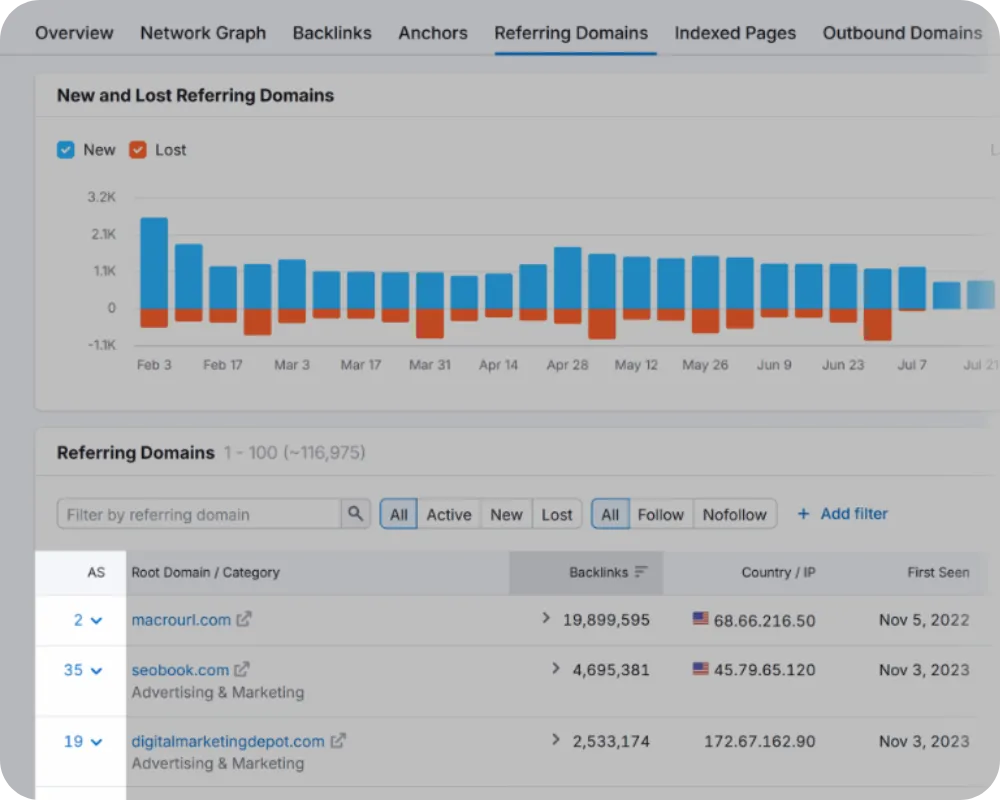If you’ve been creating content for a while, your site might have pages that no longer add value. Old blogs, thin articles, duplicate pages, or content that’s just sitting there. This is also noticed by search engines.
Content pruning can help with that. Consider it as your website's cleaning. Low-value pages can be updated, merged, or removed to free up space for your best content.
At Infini Digital, we’ve seen brands jump in rankings and traffic simply by pruning. It’s less about writing more and more about making sure what you already have is strong, relevant, and useful.
What Content Pruning Really Means
Removing pages at random is not content pruning. It involves going over your website methodically and posing the following questions:
- Does this page still have any relevance?
- Is it increasing conversions or traffic?
- Does it benefit users or does it merely occupy space?
If a page doesn’t make the cut, you either improve it, merge it with another, deindex it, or remove it entirely.
The goal isn’t to have the most content. It’s to have the right content.

Signs It’s Time to Trim Your Content Library
Here are a few red flags which indicates if the site needs pruning:
- Index bloat – too many low-quality pages clogging up Google’s index.
- Wasted crawl budget – search engines spending time crawling weak pages instead of your best ones.
- Keyword cannibalization – multiple pages competing for the same keyword.
- Outdated or thin content – pages that don’t satisfy search intent anymore.
- Internal link dilution – too many redundant links confusing your site structure.
If you’ve noticed drops in rankings or traffic, chances are some of these issues are holding you back.

Why Less Content Can Mean More Traffic
Doesn't this seem counterintuitive? How can you increase traffic by deleting pages?
Here’s why:
- Quality is more important to Google than quantity. The authority of your website is diminished by an excessive number of poor pages.
- By retaining only the most pertinent and helpful content, pruning helps you become more topical.
- Your stronger pages rise faster when they’re not weighed down by low-performing ones.
- Improved internal linking improves SEO signals and facilitates navigation.
In short: when you cut out the noise, your best pages get more attention — from both users and search engines.
How to Keep Your Content Library Fresh and Valuable
Here’s a simple way to approach pruning:
- Audit your content regularly
Use tools like Google Search Console, GA4, Screaming Frog, or Semrush to flag underperforming pages. Look at traffic, clicks, conversions, backlinks, and freshness. - Decide what to do with each page
- Keep it if it’s performing well.
- Update it if the info is outdated but still useful.
- Merge it with another if it overlaps or competes.
- Deindex it if it’s needed for internal use but not search.
- Delete + redirect if it’s irrelevant or dead weight.
- Prioritize at scale
If you have a big site, segment your work. Maybe start with blog posts, then move on to service pages. Use a “high impact, low effort” approach to tackle easy wins first. - Always track results
Record benchmarks before pruning — traffic, rankings, backlinks — so you can measure impact.
Final Thoughts
SEO housekeeping is content pruning. It keeps your website streamlined, current, and functional. Concentrate on making the existing content better rather than constantly seeking out new material. Websites that are clear, pertinent, and simple to use are rewarded by search engines. What about your users? They will also appreciate it.
At Infini Digital, we help brands take a smarter approach to content — where every page serves a purpose. If you’ve been publishing for years but feel like your site is cluttered, pruning might be the growth lever you’ve been missing.




.png)
.png)

.png)

.webp)
.webp)
.webp)
